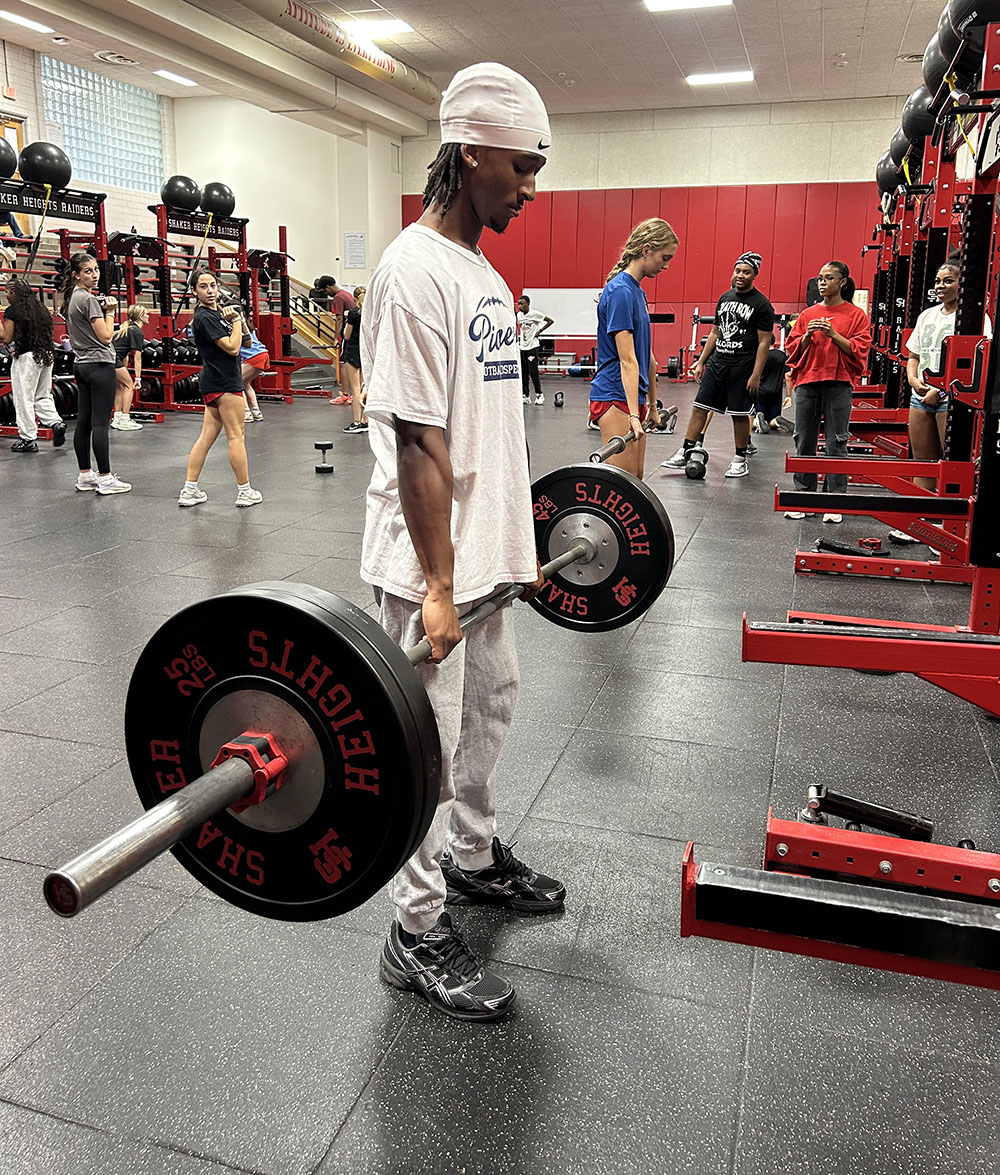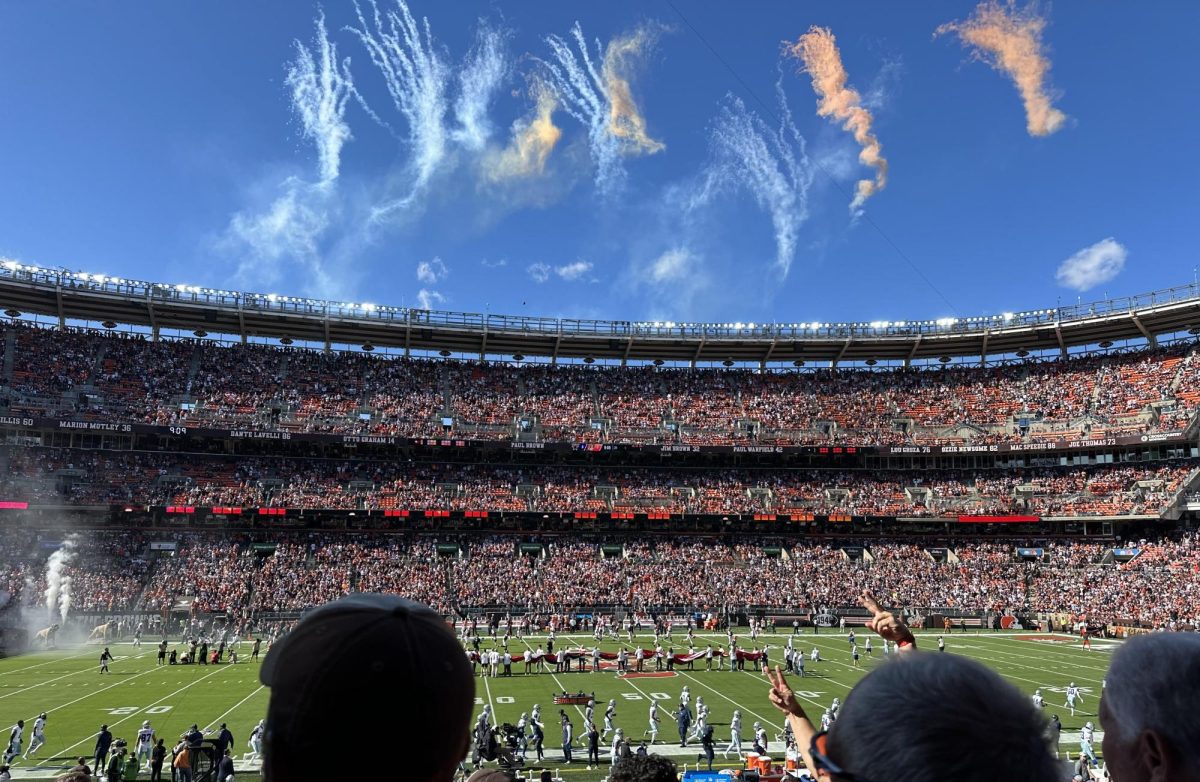ew Stages is always a highlight on the Shaker calendar. This year was no exception—and it ranks with the best that I’ve seen. As we’ve come to expect, the comedy was hilarious. I’m glad that we’ll get to see such comedic talents as Dean Carlson, Devon Jordan and Rachel Krause in the coming years.
Carson and Jordan were in Josh Barnett’s film noir parody, “Murder in the Worst Degree,” which was packed with uproarious surprises. Allegra Verlezza’s “IBF” (Imaginary Best Friend) juxtaposed a delusional bromance with a delightfully nerdy romance. “Blood is Thicker than Ketchup,” written by Graham Fine, had a bizarre family in which every member seemed to be either a zany oddball who thought that he was a straight man, or vice versa.
Diamond Miller’s “Boujetto” managed to navigate between comedy and serious drama seamlessly. Claire Lawrence’s play even had some funny moments, as it explored personal and family conflict, pivoting on a clever ironic twist.
But the play that has really stuck in my mind was “Auf Wieder Sehen,” by Barbara Craig. Four characters were waiting for a train. As it slowly became clear for the audience, this was a symbolic vision of life as a wait on the platform for the train, death. But the play had a spirit of wonder and mystery that belied such a simplistic, pessimistic explanation. Jonah Weinstein’s sensitive and imaginative directing helped to push the audience further, even after we figured out the allegory.
David Levitz played a painter continuously working at an easel, and he offered to do portraits of members of the audience. He explained: “I’ll take a piece of myself and transfix it . . . the shavings of a soul sprinkled onto perceptible material.” But the audience slowly came to realize that his canvas was actually a mirror. He was indeed painting his own inner life, not the outside world. Then, in one of those moments that shows the unique power of live theater, he flipped the mirror around to the audience: We were all on that platform, waiting for that train. And this realization raised a question: are we interacting with reality, or with our own perceptions?
In another startling moment, as Naomi Hill cried out heart-renderingly to her beloved sisters, the others suddenly began to wander and hum in an otherworldly but purposeful manner.
I still can’t put my finger on why this unusual moment was so powerful, but one reason may be because of its resonance with the ways that the other plays warped the planes of reality. The clearest development of this theme was embodied by Verlezza’s imaginary friend, who was visible to only one character but accepted as real by the other: a concise, joyful thesis statement for the evening. In the noir spoof, characters had comical asides, set apart from the other characters and the dramatic action.
But playwright Barnett subverted these realities, having some characters permeate the increasingly wobbly boundaries. Fine’s mind-bending farce also had such boundaries and made them precarious indeed, if it didn’t chuck them out the window.
Miller’s wonderful “Boujetto” took the same theme, but seriously. A recently-moved Shaker girl, played by Jessica Linear, visits her old neighborhood near Cleveland’s Luke Easter Park.
It was a poignant story of someone trying to live in two side-by-side realities, the ’burbs and the ’hood. Linear portrayed a gallant effort to be authentic in two worlds that have conflicting notions of authenticity. Finally, Lawrence’s play explored the perennial conflict of the intersecting worlds of adolescents and their parents.
Nights like this make me see what a treat it is to work in this building. There are many realities here: Sometimes they clash, sometimes they race past each other unnoticing, and usually they tolerate each other pretty well. The all-inclusive, all-welcoming, all-questioning spirit of New Stages makes it a wonderful venue for working out these interminglings. I’m looking forward to next year.



